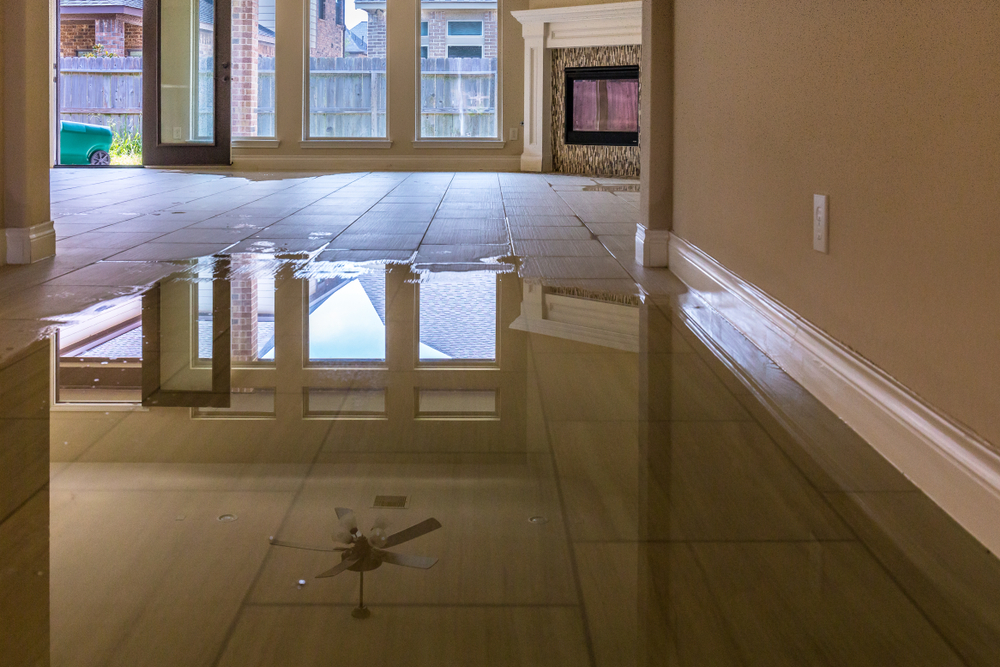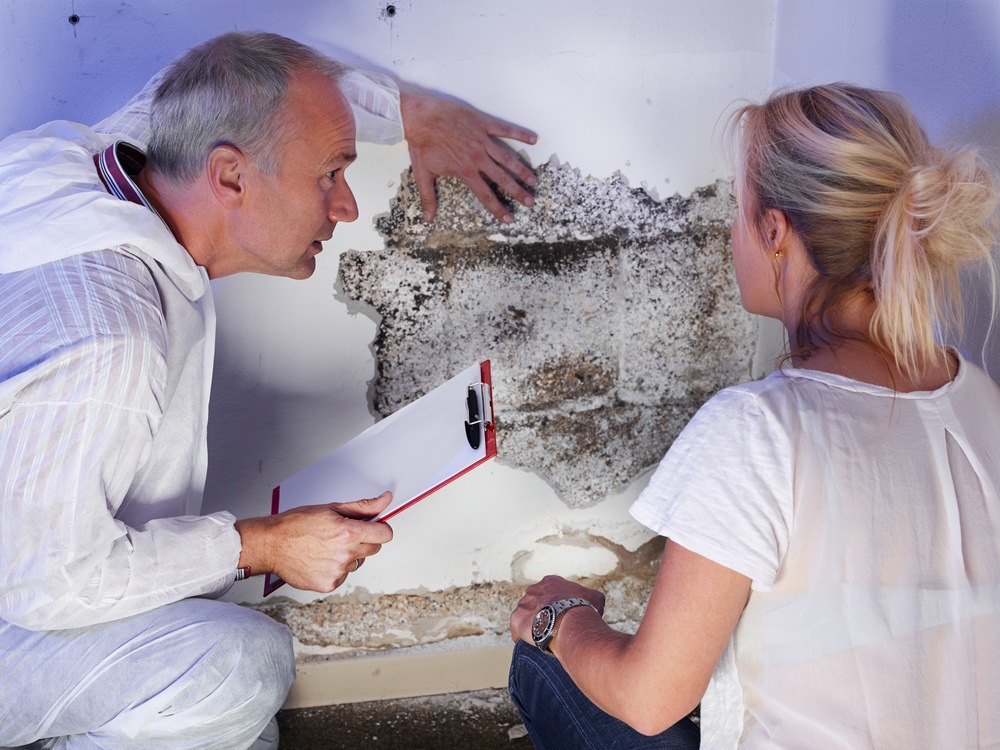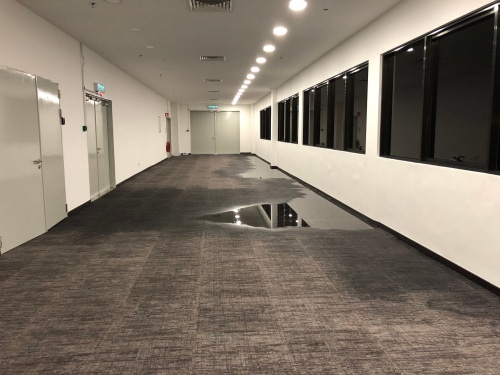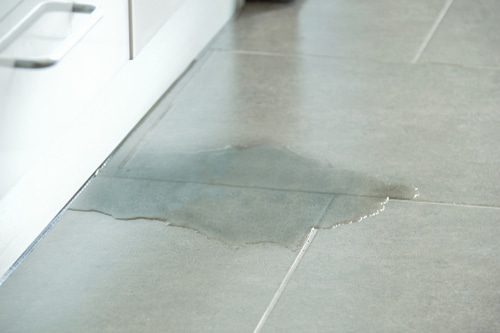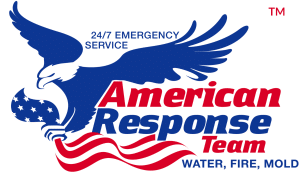Water damage is a common issue in San Diego and can occur due to various reasons, such as natural disasters, broken pipes, leaky roofs, or faulty appliances. Regardless of the cause, it is crucial to take prompt action to mitigate the damage and prevent further loss. In this article, we will discuss the steps to take after water damage in San Diego based on reliable sources.
Ensure Your Safety
Before you start assessing the damage and cleaning up, you must ensure your safety and that of your family. Depending on the severity of the water damage, it may not be safe to stay in the affected area. If there is standing water, turn off the power to avoid electrical hazards, and wear protective gear such as gloves, boots, and masks. If necessary, call emergency services for assistance.
Assess the Damage
Once you have ensured your safety, you can start assessing the damage. Identify the source of the water damage and try to stop it if possible. Take pictures or videos of the damage for documentation and insurance purposes. Depending on the extent of the damage, you may need to call a professional water damage restoration company to help you out.
Contact Your Insurance Company
If you have a homeowner’s insurance policy, you may be able to claim compensation for the water damage. However, not all policies cover water damage, so it is crucial to review your policy and contact your insurance company as soon as possible. Your insurer will guide you through the claims process and may recommend water damage restoration companies they work with.
Remove Water and Moisture
One of the most critical steps in water damage restoration is removing the water and moisture from the affected area. The longer the water sits, the more damage it can cause, including mold growth and structural damage. You can use a wet/dry vacuum, mop, or towels to remove standing water, and open windows and doors to improve ventilation. However, it is best to leave this task to professionals who have specialized equipment such as dehumidifiers, air movers, and moisture meters.
Dry and Clean Affected Items
After removing the water and moisture, you should dry and clean the affected items, such as furniture, carpets, and walls. You can use a fan or dehumidifier to speed up the drying process, but avoid using heat sources as they can cause further damage. You should also disinfect and sanitize the affected areas to prevent mold growth and bacteria buildup. Again, it is best to apart from cleaning the affected items yourself, hire a professional water damage restoration company that uses advanced techniques and equipment to ensure thorough cleaning and restoration.
Repair and Restore Damaged Areas
After drying and cleaning, you can start repairing and restoring the damaged areas. This may involve replacing damaged drywall, flooring, or insulation, or repainting the walls and ceilings. Again, it is best to leave this task to professionals who have the skills and experience to restore your home to its pre-damage condition. Make sure to keep all the receipts and documentation of the repair and restoration work for insurance purposes.
Take Preventive Measures
Once the water damage restoration is complete, you should take preventive measures to avoid future water damage. These may include regular maintenance of your plumbing and appliances, installing water alarms and shut-off valves, and improving drainage and ventilation in your home. You may also want to consider buying flood insurance if you live in a flood-prone area.
Conclusion
Water damage can be a stressful and costly experience, but by taking prompt and appropriate action, you can minimize the damage and restore your home to its pre-damage condition. Remember to prioritize your safety, assess the damage, contact your insurance company, remove water and moisture, dry and clean affected items, repair and restore damaged areas, and take preventive measures to avoid future water damage.
FAQs
- How can I prevent water damage in my home?
- Regularly inspect and maintain your plumbing and appliances, install water alarms and shut-off valves, and improve drainage and ventilation in your home.
- How can I tell if my home has water damage?
- Signs of water damage may include dampness, discoloration, peeling paint or wallpaper, musty odor, or visible mold growth.
- Does my homeowner’s insurance policy cover water damage?
- It depends on your policy. Review your policy and contact your insurance company to confirm if water damage is covered.
- Can I clean up water damage myself?
- It is possible to clean up water damage yourself, but for best results and to avoid further damage, it is recommended to hire a professional water damage restoration company.
- What should I do if I notice a small water leak?
- Respond promptly and investigate the source of the leak. If necessary, turn off the water supply and call a plumber or water damage restoration company to repair the leak.

